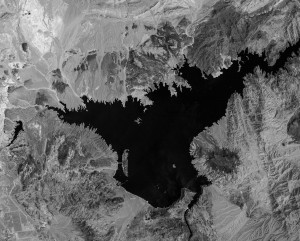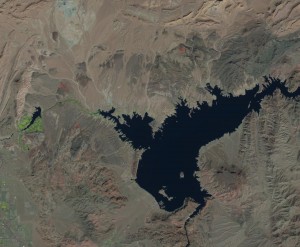Robert Osborne and Jonathan Overpeck published interesting pieces in the last couple of days reinforcing an important point about our perceptions and understanding of recurrence intervals in big weather and climate events. Osborne is in the southeastern U.S. and is writing about flooding (short term) while Overpeck is in the southwest and is writing about drought (much longer time scales) but their points have an important parallel.
Osborne spent some time debunking the “1,000-year flood” meme that sprouted around South Carolina’s October floods. They weren’t. And that matters because….
I am afraid that remembering this event as a 1,000-year flood event for the state absolves this event from reality to a statistical fantasy realm where no one lives, works and raises their families. A realm filled with locusts and wild beasts. A realm where we can go back to normal after the page is turned. There is no doubt we will turn the page in our State, but we don’t learn from fantasy tales. We learn from hard reality. We learn from remembering the bumps and the bruises. We adapt based on where we think the next hits are going to come from in the future.
Overpeck makes a similar point when he notes that a drought stretching back to 1999 in the Colorado River Basin does not constitute a “megadrought” – by which he means the kind of drought we know can happen here in the southwest:
Are we in a megadrought? As a scientist who studies Southwest drought, I face this question more and more often. The answer might not be what you think, but first let’s review what a megadrought is, and why we should worry.
Megadroughts are variously defined as drought lasting multiple decades, being unlike anything we’ve seen since Europeans came to the region, or an event with unprecedented consequences for society. The threat is real. The history of drought preserved in tree rings reveals several multi-decade megadroughts in the last 2000 years. The most famous ones occurred during medieval times, and were likely linked to Native American abandonment of settlements across the Southwest. The longest Southwest megadrought yet documented occurred nearly 2,000 years ago and lasted over 50 years.
So, are we in a megadrought now? The best answer is not yet, but we will be unless we act soon. Fortunately, we still have a choice.
Again, but in a different way, Overpeck is arguing (like Osborne) that we have some agency here, an ability to act that is lessened if we think of the crazy weather as “a realm filled with locusts and wild beasts. A realm where we can go back to normal after the page is turned.”






